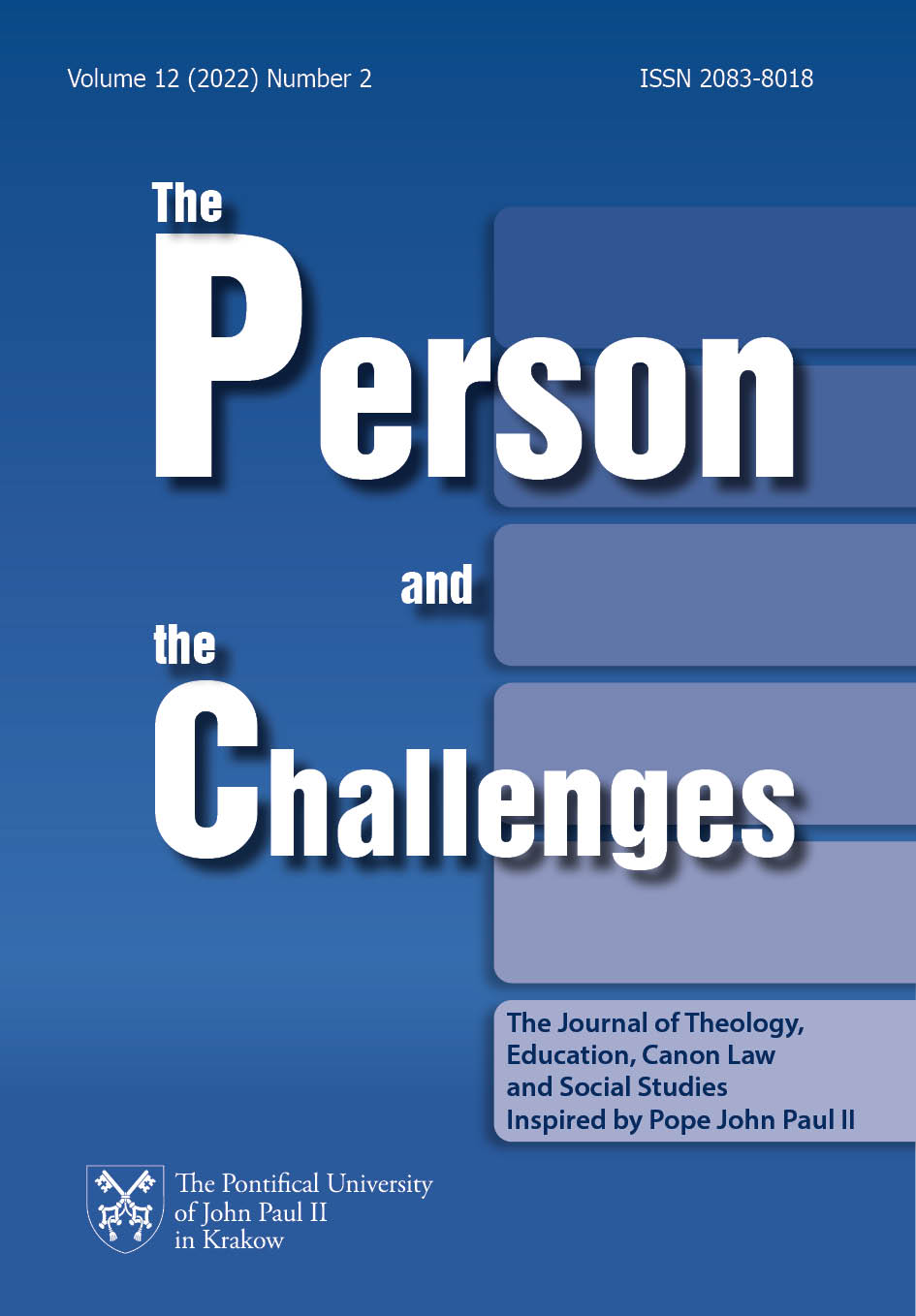The Catastrophe of the German Church as the Highest Level of Alert for the Whole World Church
DOI:
https://doi.org/10.15633/pch.12206Keywords:
German Synodal Way, Christianity in Europe, the crisis of the Church, self-destruction of the German Church, necessary reforms in the Catholic ChurchAbstract
Cardinal Gerhard Ludwig Müller, the closest associate of Pope Benedict XVI, theologically as if his Alter-Ego, is certainly one of the best experts in the Catholic Church in Germany. And it is he who compares the present condition of this Church to the catastrophe of such a huge and luxurious Titanic, which, however, is slowly sinking, because those responsible turned out to be reckless and did not predict the worst. Indeed, so far the application of almost all criteria that apply to the evaluation of a religious community has shown that, in fact, since the Second Vatican Council, this Church has been losing its vitality and shrinking. However, the so-called Synodal Way has deteriorated even more dramatically in recent times. Its agenda includes goals and demands that are contrary to both Revelation and the Tradition of the Church, and that are contrary to common sense. These are the goals and demands that have been made by even extreme left and atheistic ideologues and politicians, and which are now to move to the center and foundations of church teaching.
It seems that just as almost all English bishops in the 16th century succumbed to the state violence of King Henry VIII and betrayed Christ and the Church, today the vast majority of German clergymen succumb to ideological violence in the area of culture and the state and thus betray their own faith and betray Church and Christ. It seems that many of them are close to the ideas of Georg Wilhelm Hegel, who considered himself wiser and greater than all, also than Christ, and the thought of Friedrich Nietzsche, who wanted to replace the crucified Messiah with Dionysus – a patron of, among other things, debauchery. It seems that many of the faithful and clergy in Germany also want to carry out a sexual revolution in the Church as if the second Reformation, perhaps even more catastrophic than the first. It seems that they are putting gender theory in place of Revelation and Christianity. And gender is, in fact, another neo-Marxist pansexual ideology which elevates eroticism as if it were the most important value, more important especially than God and one’s own salvation.
One has to ask, how could such a great spiritual catastrophe of a Church that was once so numerous, so strong, so faithful and creative? We must ask what to do so that no more Church would destroy itself so that such a spiritual disease would not spread to other Churches. This article tries to answer these fundamental questions. It does so by analyzing the cultural, historical, national, economic, spiritual and religious conditions of German society that led to such an advanced process of self-destruction of the Church.
References
Gänswein G., Na rozdrożu. Jaka jest przyszłość naszej wiary?, Kraków 2022.
Hauke M., Editorial. In eigener Sache, “Theologisches. Katholische Monatsschrift” 09/010 (51) (2021), S. 346–354.
Kraschl D., Sexueller Missbrauch und klerikale Homosexualität. Anmerkungen zu einem rätselhaften Zusammenhang, “Forum Katholische Theologie” 35 (2019) H. 4, S. 241–264.
Lisicki P., Luther. Ciemna strona rewolucji, Warszawa 2017.
Müller Gerhard Kardinal, Jedność wiary. Odpowiedzialność Rzymu za Kościół powszechny, Kraków 2022.
Martin R., Kościół w kryzysie, Kraków 2021.
Mettler P., Die Berufung zum Amt im Konfliktfeld von Eignung und Neigung. Eine Studie aus pastoraltheologischer und kirchenrechtlicher Perspektive, ob Homosexualität ein objektives Weihindernis ist, Frankfurt am Main 2008.
Müller Gerhard Kardinal & Martin Lohmann, Wahrheit. Die DNA der Kirche. Ein Gespräch, Kißlegg 2021.
Müller Gerhard Kardinal, Was ist katholisch?, Freiburg im Breisgau 2021.
Müller Gerhard Kardinal & Paweł Lisicki, Volksverhetzung oder wichtige Aufklärung? Stellungnahme zum Beitrag von Dariusz Oko über eine kriminelle Lobby, “Theologisches. Katholische Monatsschrift” 09/010 (51) (2021), S. 355–358.
Oko D., Über die Notwendigkeit homosexuelle Cliquen in der Kirche zu begrenzen (Teil 1), “Theologisches. Katholische Monatsschrift” 01/02 (51) (2021), S. 47–75.
Oko D., Über die Notwendigkeit homosexuelle Cliquen in der Kirche zu begrenzen (Teil 2), “Theologisches. Katholische Monatsschrift” 03/04 (52) (2021), S. 123–136.
Rothe W. F., Missbrauchte Kirche. Eine Abrechnung mit der katholischen Sexualmoral und ihren Verfechtern, München 2021.
Rothe W. F. (Hg.), Gewollt. Geliebt. Gesegnet. Queer-Sein in der katholischen Kirche, Freiburg in Breisgau 2022.
Downloads
Published
Issue
Section
License
Copyright (c) 2022 Dariusz Oko

This work is licensed under a Creative Commons Attribution 4.0 International License.
Authors who publish with this journal agree to the following terms:
- Authors retain the copyright and full publishing rights without restrictions, and grant the journal right of first publication with the work simultaneously licensed under a Creative Commons Attribution 4.0 International License that allows others to share the work with an acknowledgement of the work's authorship and initial publication in this journal.
- Authors are able to enter into separate, additional contractual arrangements for the non-exclusive distribution of the journal's published version of the work (e.g., post it to an institutional repository or publish it in a book), with an acknowledgement of its initial publication in this journal.
- Authors are permitted and encouraged to post their work online (e.g., in institutional repositories or on their website) prior to and during the submission process, as it can lead to productive exchanges, as well as earlier and greater citation of published work (See The Effect of Open Access).

